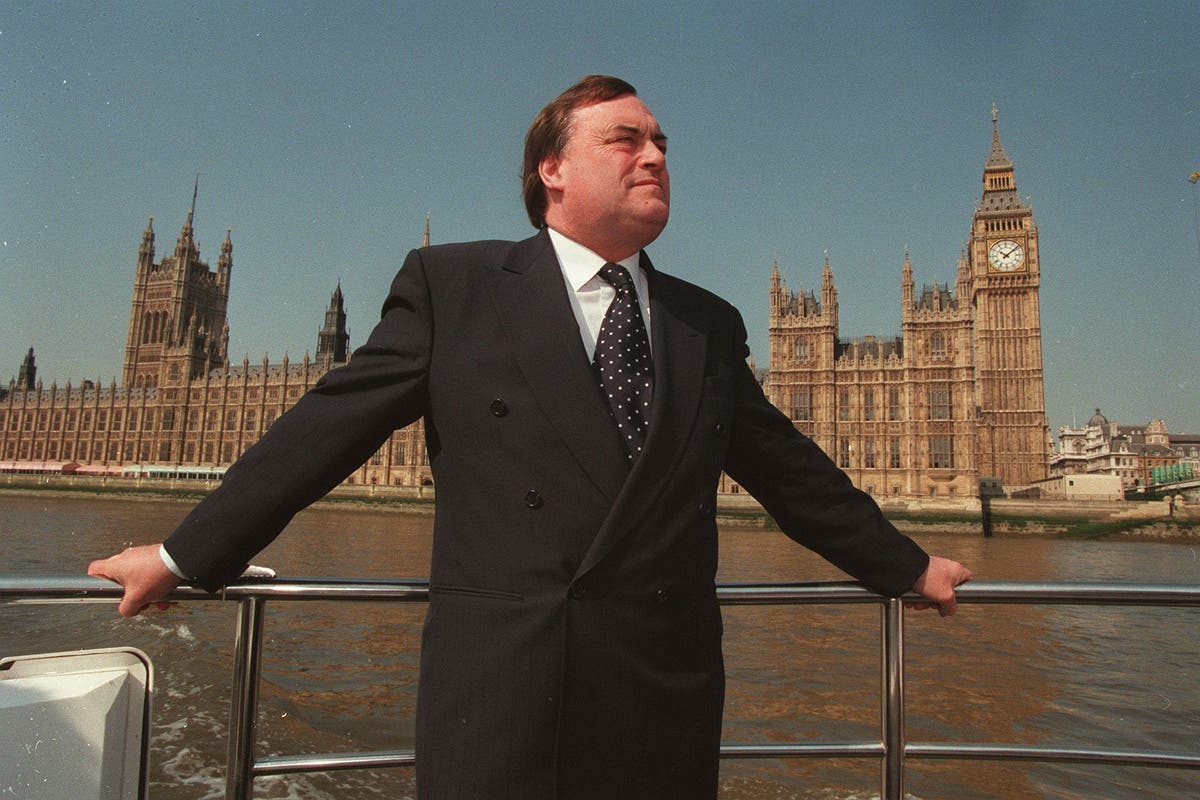
After months in a holding pattern during the election campaign in the United States, the Russia-Ukraine war has within two days intensified to threats of nuclear attack. That escalation was spurred by the Biden administration’s decision, revealed last Monday, to allow Ukraine to make strikes inside Russian territory with long-range missiles supplied by the US. In response, Russian President Vladimir Putin on Tuesday announced a new doctrine that allows Russia to retaliate with nuclear weapons if attacked by any nation with the support of a nuclear power.
This should terrify political commentators who have been portraying Putin as a madman with imperialist ambitions. On the other hand, military analysts have argued that Putin invaded Ukraine specifically because the North Atlantic Treaty Organisation (NATO) was preparing for Ukraine to join the alliance. Putin saw this as an incursion on Russia’s buffer zone against Western powers.
The latter scenario still makes Putin a clear and present danger since he and his military advisers may interpret the Biden administration’s green-lighting Ukraine as confirmation of their reddest fears. But it allows room for negotiation. What will happen next depends on strategic calculations on all sides.
Will the US rescind its missiles permission to Ukraine? If so, would that encourage Russia to increase its attacks on Ukraine? There are no risk-free options on the table. President-elect Donald Trump has called on Putin and Ukraine President Volodymyr Zelenskyy to meet for peace talks, but the commander-in-chief remains President Joe Biden until the inauguration on January 20. However, given that Biden is on his way out, there is unease about who is really running the country from the White House.
In the American political tradition, the “lame duck” president is not expected to make any significant domestic decisions in the ten-week transition period between a new president’s election and the inauguration. The incumbent has greater leeway in foreign policy, but authorising new measures in a war is unprecedented. How this issue plays out over the next few weeks will have global repercussions.
Iran, which is now accused of ordering an assassin to kill Trump during the election campaign, was this week reported by the International Atomic Energy Agency (IAEA) to be increasing its stockpile of weapons-grade uranium in defiance of international demands. China, which faces trade threats from Trump, has been building up its nuclear arsenal since 2021 and is predicted to become the world’s third major nuclear power by the mid-2030s. North Korea, which has been supplying Russia with weapons and troops to fight Ukraine, is making intercontinental ballistic missiles that can reach the US.
During the Cold War era from the 1950s to the 1980s, nuclear war was avoided by the principle of Mutually Assured Destruction (MAD) and by open lines of communication, symbolised by the infamous “red phone” installed after the Cuban missile crisis of 1962, between the White House and the Kremlin. The question is: are these old strategies still effective in this new world order? How the Russia-Ukraine conflict plays out will tell us what the future holds..














